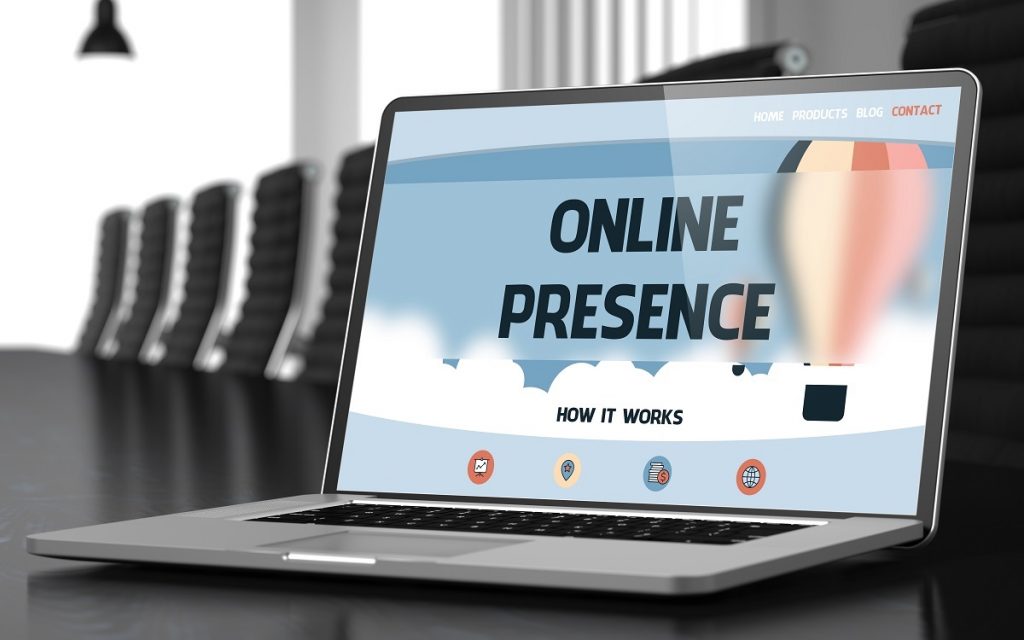The time when people will normally dial a number or intentionally drop by an office to inquire is long gone. Instead of calling or going in person, most people will try to find the answers to their questions by entering a few words on their search bar.
This is especially true when people need information concerning a public office. This can include the government, as well as federal, state, and local authorities. Even non-profit organizations that serve the public sector are not excluded from this category.
Since more people can benefit from getting access to information than to request it, having a website is crucial. Although many offices have tried to adapt to the needs of their market, they can still falter when it comes to maintaining their websites with up-to-date and accurate information.
A Relevant Source of Information
When a person goes to your website, you can automatically assume that they are searching for an answer. This is because the chances of a person casually looking through a public office’s website with no particular goal in mind are close to non-existent. This means that it’s your responsibility to make your information easy to find through good website designs and visual appeal.

Save for a few photos about the events they have held in the past, or outdated information about how they can help the public, most government and non-profit organization’s websites are lackluster. This is not to say that they should be dabbling in theatrics, but the public won’t shy away if they provided engaging and informative content.
Official websites have the potential to provide the public with relevant information about their services, their office hours, and even what kinds of support they can give to the people in need. But they can also be so much more if they wanted to be. For instance, the websites for public offices can have articles about how to navigate the complex bureaucratic processes that are often associated with their office.
An Avenue to Connect with the Public
Through a website, a governing body will be able to directly connect to their community. This will manifest when you speak about how your office helps the community through your various initiatives and campaigns, along with the services you’re providing for the public.

You can make use of live chat options with actual employees or chatbots to answer the questions that people usually ask. Another option is to include a frequently asked questions (FAQ) page on your website so that people won’t have to sift through all your content to find what they are looking for.
It’s no longer unnatural for public offices to have accounts on social media platforms because these are avenues that people usually frequent. You can utilize the wide reach and accessibility of online platforms such as Facebook, Instagram, Twitter, and Snapchat to get closer to your intended audience.
You can also provide everyday users an option on your site where they can opt-in to email or text alerts regarding important announcements and emergencies. Some people actually benefit from receiving constant updates about topics that matter to them without going through the hassle of searching for that information.
A Chance to Show Your Actual Work

Nowadays, there are multitudes of public offices existing to serve a purpose through the taxpayer’s money. And most of where that money goes isn’t publicized, or at least, not in readily available documents. If a person wanted information regarding a certain event, they would still have to request it.
However, providing information regarding meetings that happen behind closed doors can signal transparency and encourage engagement with the public. This can be done by uploading minutes of the meetings to the website where people can access them if they wanted.
The reason for this is that most people need an assurance that their public servants are working for the greater good, and not just for their self-gratification. With all the news of corruption and graft circulating the headlines, it can be difficult to trust that the people are working with their best intentions at heart.
In the digital age, an online presence makes you accessible to the public. Some might think that a website containing some information will be enough to satiate the needs of the people, but it’s not. People need engaging visuals as well as timely and accurate information.
Active official websites for both government and non-profit organizations are not only preferred but also essential to the public. This is because it’s a way for their services to the public to stay relevant and accessible without the age-old hindrances previously associated with them.

